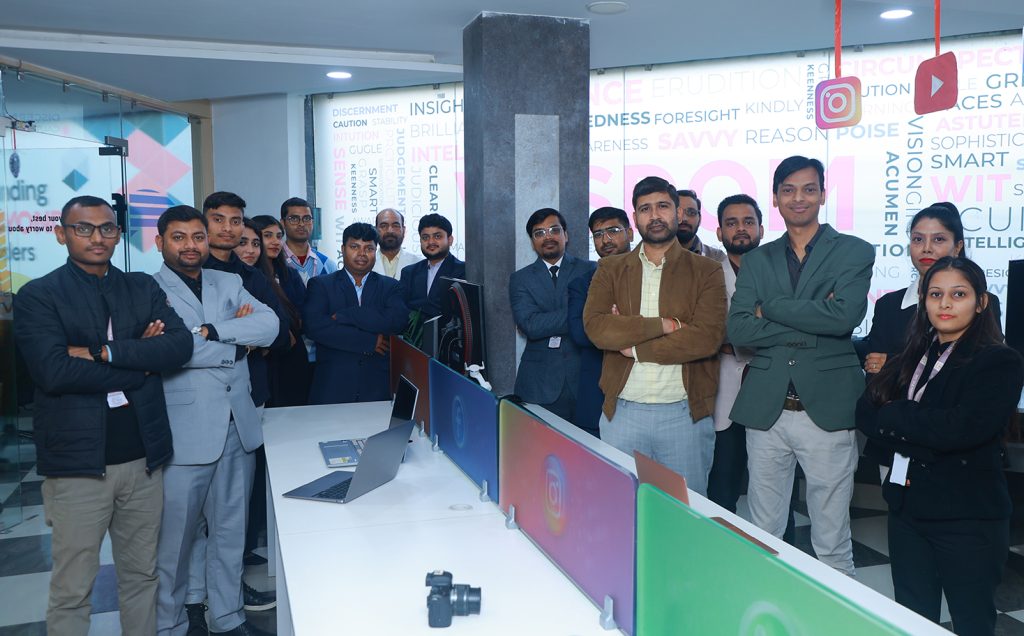In the battle of native vs. hybrid mobile app development, only one can win…right? Well, not exactly. Creating mobile applications for your business is a proven strategy to enhance user engagement and increase conversions. In fact, mobile apps can boost customer retention, sales, brand loyalty, and offer seamless user experiences. But the question isn’t whether you should opt for native or hybrid app development. It’s about how you can effectively incorporate both into your mobile development strategy.
Native vs. Hybrid Mobile App Development: Definitions
The difference between native and hybrid apps is straightforward: native apps are built specifically for a platform (iOS or Android), while hybrid apps are developed to work across multiple platforms using a single codebase. More specifically, native apps are tailored for a specific device’s operating system, while hybrid apps combine elements of both native and web applications.
For instance, companies like Starbucks and Uber have built highly successful native apps for both Android and iOS platforms. Meanwhile, brands like Instagram and Facebook use hybrid app frameworks to ensure compatibility across various platforms.
A Brief History of Mobile App Development
Since the advent of smartphones in the early 2000s, mobile app development has seen rapid growth. In 2008, Apple introduced the App Store, which revolutionized the mobile app landscape. With the rise of mobile-first consumers, businesses started seeing the need to create apps that catered to the on-the-go lifestyle. As the market matured, the distinction between native and hybrid apps became more significant.
By 2020, the shift to hybrid mobile app frameworks like React Native and Flutter started taking off due to cost-effectiveness and faster development cycles. Native apps, however, are still a popular choice when businesses need to provide the best possible performance and experience for their users. Companies like Amazon and Apple continue to build robust native applications due to their ability to leverage the full capabilities of mobile devices.

Now, in 2024, mobile app development is a blend of both native and hybrid approaches. Each method has its place in your strategy. The key to success is flexibility. Whether you’re developing for iOS, Android, or both, your mobile app strategy needs to be adaptable. Keep reading to understand the differences between native and hybrid apps and learn how to choose the right path for your business.
Your Mobile Development Channels
Where you plan to release your mobile app greatly impacts the decision between native vs. hybrid development. As mentioned earlier, native apps provide a tailored experience for each platform. However, hybrid apps are designed to work across multiple platforms with a single codebase, reducing development time and costs.
Some platforms have unique requirements when it comes to mobile apps. For instance, iOS apps have strict guidelines for user experience and interface design, while Android apps offer more flexibility but need to consider a variety of screen sizes. When building hybrid apps, you must account for these differences to ensure that the user experience remains seamless.
Make sure you research the platforms where your app will be used before deciding on a development path. The last thing you want is to invest in a mobile app that doesn’t provide the user experience you expect across all platforms.
"Just remember that you can test different mobile app frameworks until you find what works best –– the sweet spot. Pay attention to your app's performance and adjust until you see success."
Hire a team of expert mobile developers to handle the research and app creation process for you
Just because one development framework works for one app doesn’t mean it will always work for others. Your mobile development strategy needs to be flexible and adapt to user behavior to ensure maximum impact.
Ready to develop a high-performing mobile app for your business?
Get a Free Consultation to Boost Your Mobile Strategy.





